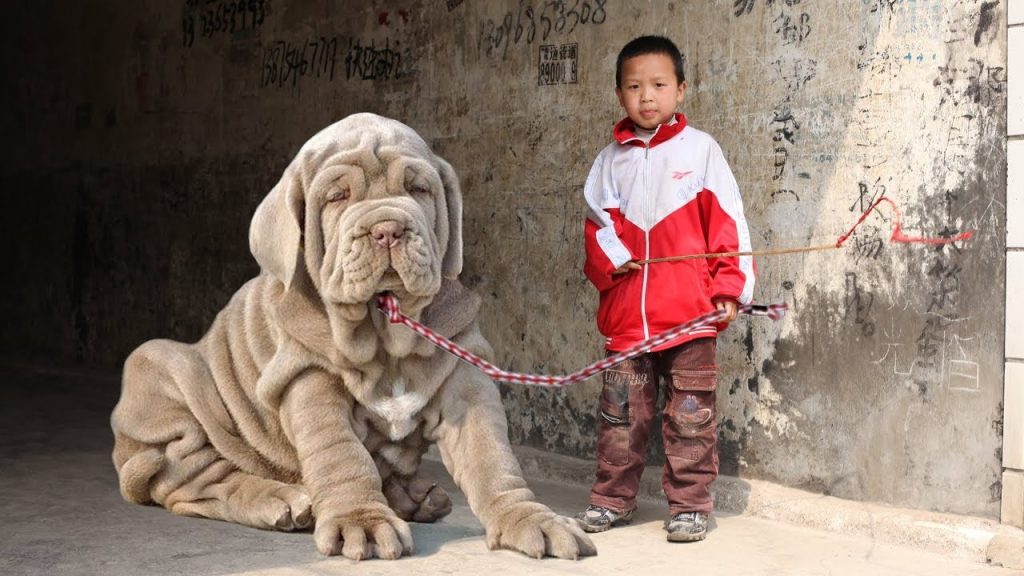Pug Guide
Contents
Dogs and humans first met some 15,000 years ago and have been greatest pals ever since. While the dog-human bond originated as a working collaboration, people soon understood the dog’s potential as a companion. The pug is one of many breeds that were created specifically to entertain and keep people company. The pug excels in both of these areas.
Pugs are self-sufficient, stubborn, and lively. They like playing and are therefore perfect for homes with youngsters. They are little but sturdy, with a muscular frame, and they appeal to those who might not otherwise contemplate owning a small dog.
Pugs are generally people-obsessed. Most are highly outgoing, eager to meet new people, and always eager to play with children. Some slug pugs live to sleep in a lap and munch bonbons, whilst others are more energetic, wanting to go anywhere and do anything to be with their people.
Sleeping late — under the covers, of course, with his head on the pillow, just next to you — is the start of a beautiful day for a pug. When he hears breakfast being prepared, he’ll move quickly. He eats, plays, naps, plays some more, goes for a stroll, naps some more, and eats some more. A pug’s favorite parts of the day are eating and spending time with his folks. He goes to bed with you at night, eager to do it all over again the next day.
This post provides guidance on how to get a pug as well as instructions on housetraining, manners, socialization, diet, health, and pretty much anything else you could need to know to live happily with a pug. A pug will always be your best friend for life. He wants to be with you 24 hours a day, seven days a week. If that’s what you’re looking for in a dog, there’s no better choice than a pug.
Pugs at work and play
The pug lacks the precision of a border collie, the speed of a shetland sheepdog, the faultless obedience of a golden retriever, the nose of a bloodhound, the power of a doberman pinscher, and many other attributes that would distinguish him as a canine athlete. What he does have going for him is a sense of humour, a penchant for flaunting himself, the heart of a mastiff, and an abundance of charisma.
Your pug is a natural socialite. He was born with the ability to be kind to both humans and other animals. Nonetheless, he must continue to learn about the world around him in order to be confident in new settings. Socialization is the act of introducing your pug to new people, places, sights, and noises, and it is an important aspect in your pug’s healthy development. A well-socialized pug can accompany you wherever, from the park to the castle, and do you proud.
Pug well-being
Is there anything else you should think about before purchasing a pug? Absolutely! Pugs, like all breeds, are predisposed to specific hereditary health issues, or disorders that are passed down from parents to puppies. A responsible breeder works hard to eliminate these issues from her line, but there is no such thing as a perfect dog. No matter how much testing is done or how meticulous the breeding is, certain diseases will occasionally appear and must be treated with.
Getting a Pug
You’ve assessed your lifestyle and personality and determined that you have the time, patience, and sense of humor needed to live successfully with a pug. You’ve researched the breed standard and have a solid notion of what you’re looking for in a pug. Your children are at least six years old, mature enough to handle a small but strong dog, and old enough to perform simple dog-care activities under supervision. You must now decide where you will obtain the pug of your desires.
Selecting a Pug
Pugs are so adorable and endearing that it’s impossible to resist taking the first one you see home. You must first select if you want a puppy or an adult dog, whether you want a male or female, whether you want one or two dogs, and whether you intend to show the dog. You must be aware of all the nuances involved in purchasing a puppy, from selecting one with the correct demeanor to comprehending the paperwork that comes with a puppy.
Housetraining
This is one of the most crucial lessons your pug should learn. Unfortunately, it is also one of the most challenging for this breed. Pugs can be blasé about where they relieve themselves – indoors, outdoors, what’s the difference? Using a crate, establishing a routine, detecting elimination behavior, knowing dog physiology, providing constant positive reinforcement, having plenty of patience, and, most importantly, retaining a good sense of humor are the secrets to successfully housetraining a pug.
Nutrition
Pugs are voracious eaters. It’s a natural aspect of being a pug. In some ways, this is a good thing because it means your pug will most likely eat whatever you put in front of him. On the other hand, you’ll need to consider his nutrition. Dog food quality ranges from “barely-qualifies-as-food” to “good-enough-to-eat-yourself.” To determine which food is best for your pug, you should understand certain nutrition concepts, how to read labels, and your pug’s nutritional needs at different life stages.




